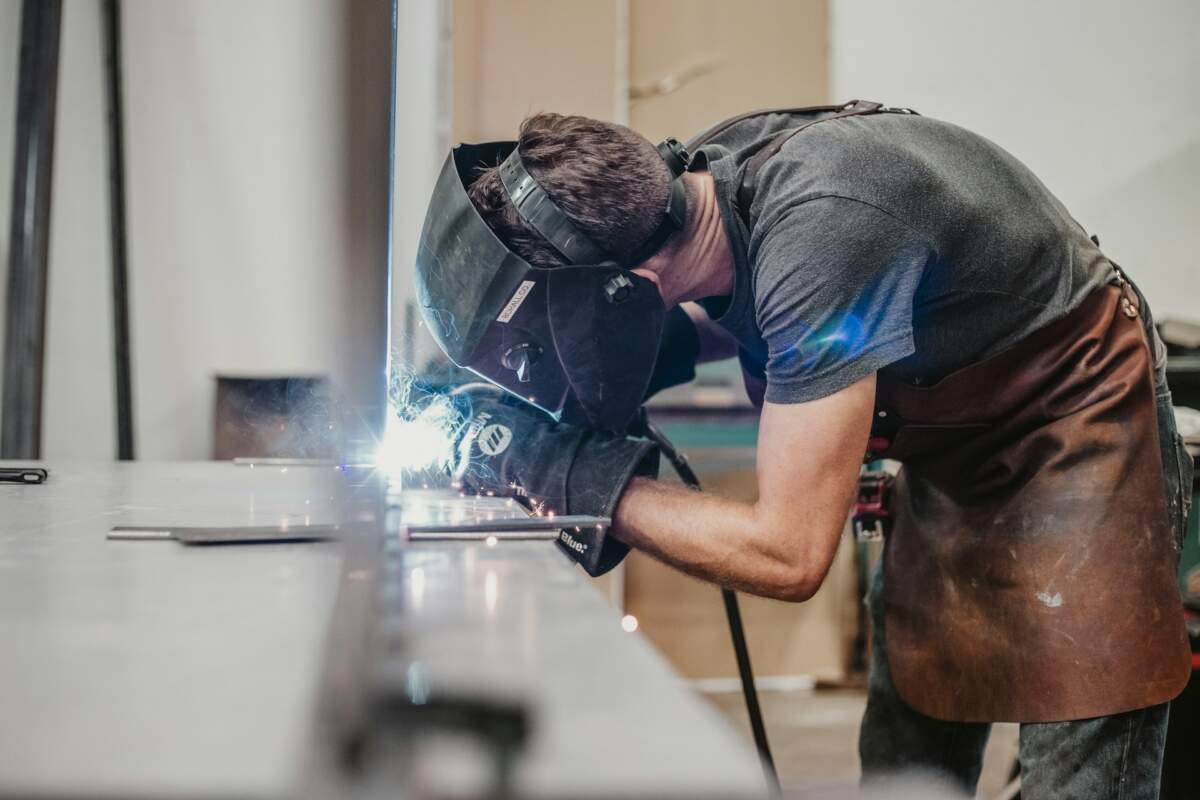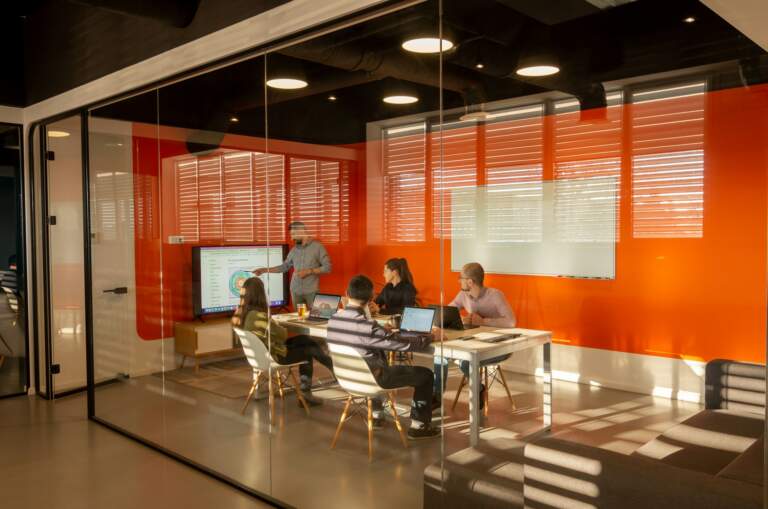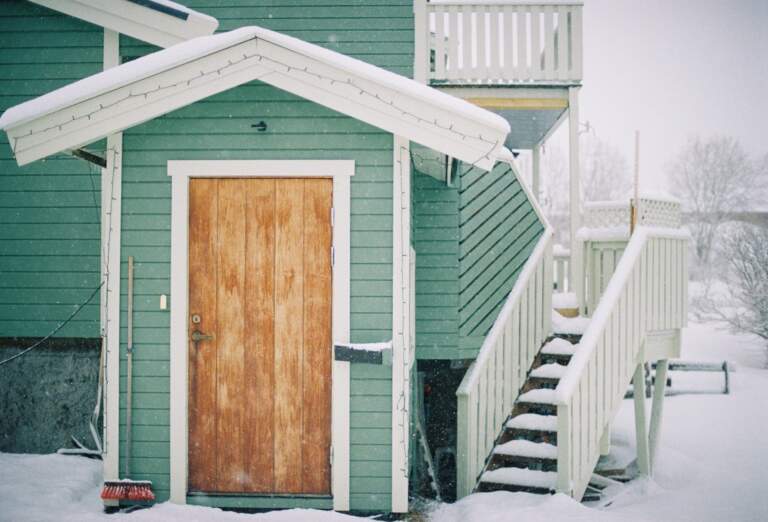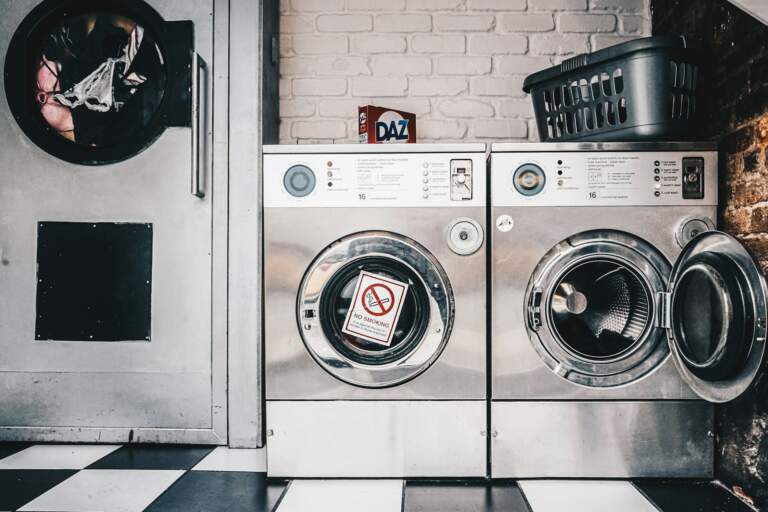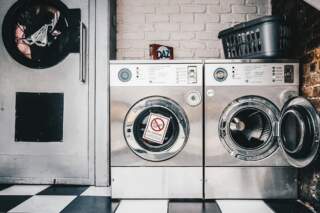Choosing the right welding table can transform your workshop from a cluttered work zone into a hub of precision and productivity. Whether you are a hobbyist or run a professional metal fabrication shop, the right table is more than just a surface to work on; it is a foundation for every project. This guide breaks down what to look for in a welding table, how to align your choice with your workflow, and key features that make a difference. By the end, you will be prepared to invest confidently in a workshop tool that meets your needs for both function and safety.
Why the Right Welding Table Matters
A welding table plays a pivotal role in any metalworking workshop. It anchors your workspace, improves accuracy, and enhances safety. Poor-quality tables can warp, limit your ability to use welding jigs, or even contribute to accidents. A well-chosen table, by contrast, serves as the backbone for everything from repair work to advanced fabrication.
Understanding Welding Table Types
Fixed Welding Tables
Fixed tables are stationary surfaces, best suited for workshops with plenty of space. Their stability offers a solid platform for heavy-duty welding tasks, making them ideal for professionals tackling large-scale metal fabrication. These tables usually have thicker tops and can withstand continuous use without bending or warping.
Portable and Folding Welding Tables
For those with limited space or mobile workflows, portable and folding options deliver flexibility. These tables are lighter and often come with wheels or folding legs. They work well in small workshops or for contractors who need to move between job sites, though they might offer less stability for very heavy pieces.
Modular Welding Tables
Modular tables are designed for adaptability. You can expand or reconfigure them to suit the task at hand. They often include a grid of holes for precise fitting of welding jigs, clamps, and fixtures. This makes them popular in workshops where a variety of metal fabrication projects are completed.
Table Surface Materials and Construction
Steel Tops
Steel is the most common choice for welding table tops due to its strength, heat resistance, and longevity. Solid steel tops provide consistent performance and hold up well under intense heat. For even better performance, some tables feature a stainless steel finish that resists rust and welding spatter.
Slatted and Perforated Designs
Some tables use slats or perforated designs to improve versatility. Perforated tops—with a grid of holes sized for tool and jig insertion—allow for more flexible clamping and fixture options. Slatted tables help with heat dissipation and provide easy access for cleaning up slag and debris after working.
Surface Thickness
The thickness of a table’s top affects its durability and weight capacity. For heavy fabrication, aim for a steel top at least half an inch thick. Thinner surfaces are more appropriate for light-duty tasks but might warp under intense workloads.
Sizing Your Welding Table for the Workshop
Measuring Your Workspace
Before choosing a welding table, assess your available workshop space. Measure the area where you plan to place your table, ensuring enough clearance for you to work safely and maneuver materials and tools. Remember to account for the overhead room if you install cabinets or lighting above your work zone.
Table Dimensions for Your Workload
Standard welding tables vary in size, typically from 2×4 feet to 4×8 feet or larger. A larger table accommodates bigger projects and multiple fixtures, while a compact model fits smaller shops or specialized tasks. Consider the size and type of materials you most often weld to guide your choice.
Essential Features for a Productive Welding Table
Integrated Clamping and Fixturing Systems
Secure workpieces are a must for clean welds and safety. Tables equipped with built-in clamping systems, T-slots, or perforated tops for jigs allow fast, flexible setup. A welding jig table streamlines repetitive fabrication and ensures high precision, especially when assembling complex shapes or multiple identical parts.
Adjustable Height and Mobility
For ergonomic comfort, look for tables with adjustable height settings. These accommodate different users and tasks, reducing strain and supporting better posture. If you need flexibility or share your space, consider a table with lockable wheels so you can reposition your workspace as needed.
Storage Solutions
Some welding tables feature integrated shelves, racks, or drawers, helping you organize tools, clamps, and consumables. Built-in storage maximizes efficiency by keeping necessities close at hand and reducing workshop clutter.
Safety and Durability Considerations
Weight Capacity and Stability
Always check a table’s weight capacity before purchase. Heavy-duty projects demand a stable, high-capacity surface. A robust table frame, reinforced legs, and a thick steel top prevent tipping or flexing under heavy loads.
Heat and Spatter Resistance
Quality welding tables are designed to withstand extreme temperatures and welding by-products. Choose models with treated or stainless finishes to minimize rust, reduce spatter adhesion, and simplify cleaning.
Grounding Options
Grounding lugs or points built into the table frame can improve safety and weld quality. Proper grounding reduces the risk of electrical faults and assures consistent arc performance, especially in multi-welder environments.
Balancing Cost, Quality, and Future Needs
Initial Investment Versus Long-Term Value
Welding tables range from budget-friendly models for light use to high-end, precision-engineered surfaces for professionals. While cost matters, prioritize quality and durability to avoid early replacement and potential safety risks.
Planning for Growth
If your workshop is expanding, consider a modular or larger table that can grow with your needs. Upgrading to a professional-grade welding table as your skills and project complexity increase can be more cost-effective than replacing multiple inadequate tables.
Resale and Reputation
Trusted brands and well-built tables retain their value better. Check reviews, ask for recommendations, and factor in warranty and after-sales support when making your decision.
Making Your Selection and Getting the Most from Your Welding Table
Once you understand your workflow, available space, and feature needs, you’re ready to select the welding table that’s right for your workshop. Regular maintenance, like cleaning and checking for wear, will keep your table in top condition.
Pair your new table with quality accessories such as clamps, jigs, and protective covers. Proper lighting and thoughtful organization of other workshop tools will enhance your overall productivity and help you get the best results from your investment in a welding table.
Taking time to assess your needs and invest in the right table sets a strong foundation for all your metal fabrication projects.
Start Building with Confidence
The right welding table is not just another piece of workshop equipment; it is a strategic investment in safety, efficiency, and quality. Take a careful look at your operational needs, available space, and project types before making your decision. A well-chosen table will support your work for years and help you deliver precise, high-quality results in every project. For more on selecting workshop tools or advancing your metal fabrication skills, keep exploring our resource guides.
